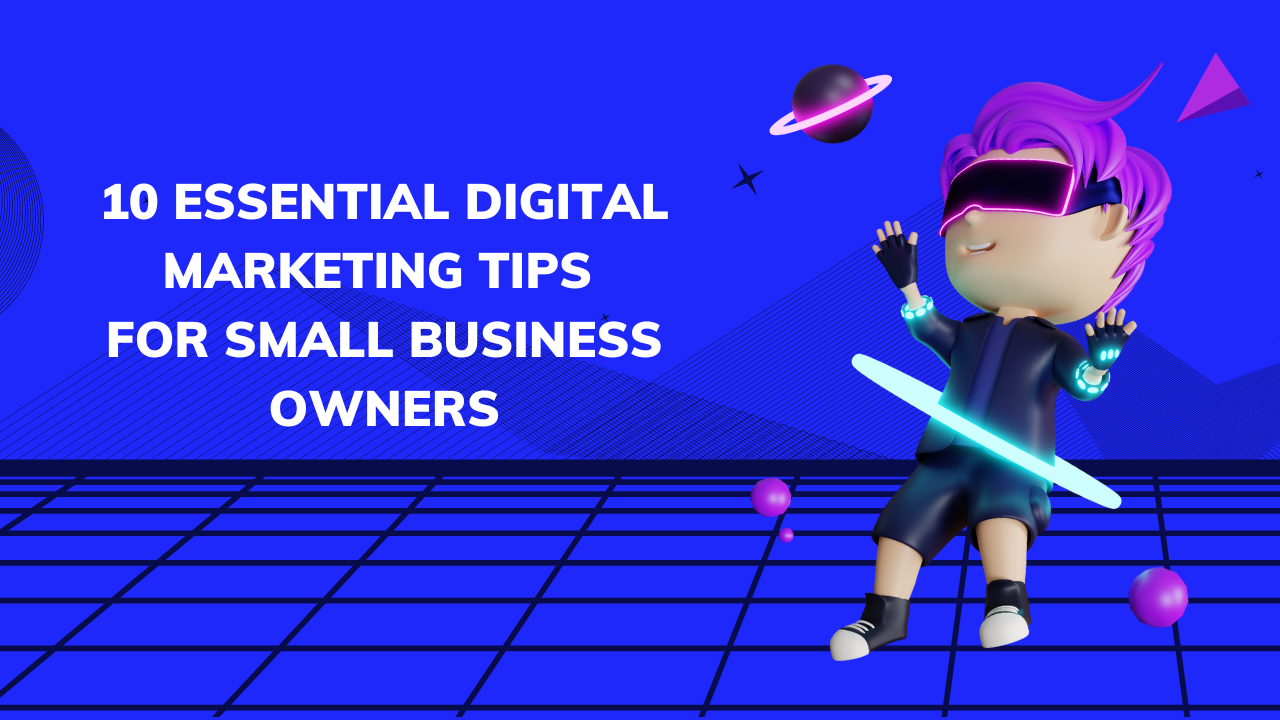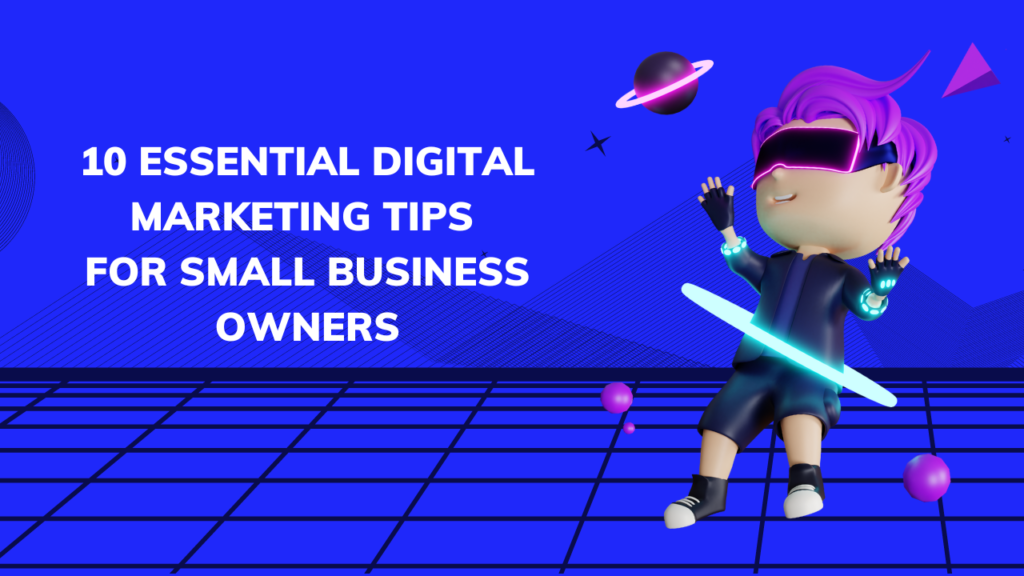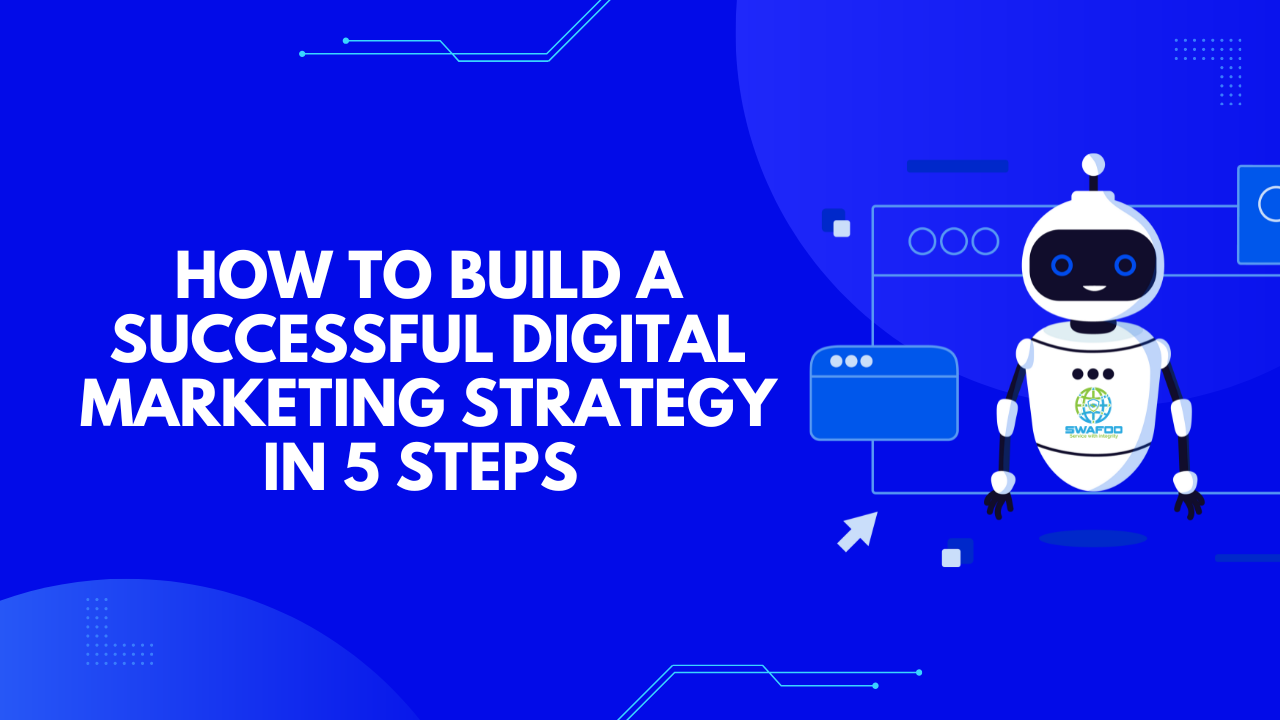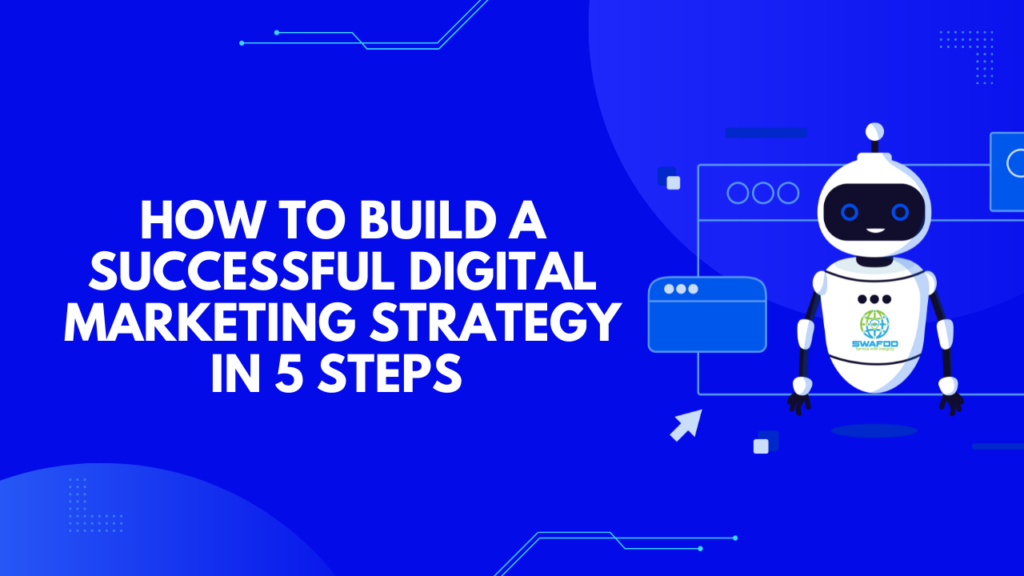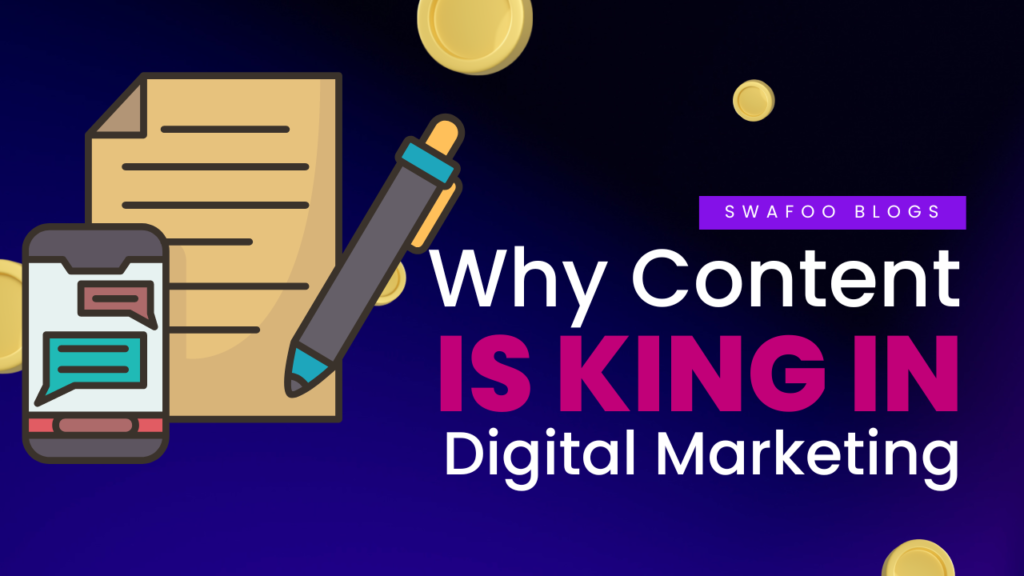The Benefits of Integrating Smart Technology with Security Systems Services
The Benefits of Integrating Smart Technology with Security Systems Services

If there’s one thing we can’t ignore in today’s world, it’s the increasing importance of home security. With burglary rates on the rise and the safety of our families at stake, it’s crucial to explore innovative solutions that provide robust protection. That’s why I’m excited to delve into the fascinating realm of integrating smart technology with security systems. By combining these two powerful forces, we can take our home security to a whole new level, ensuring enhanced safety measures and unparalleled convenience. So, get ready to unlock the potential of this modern approach as we embark on a transformative journey together. Are you ready to discover the tangible benefits that await those who embrace smart technology integration? Let’s dive in and explore the exciting world of smart home security!
- Enhanced Surveillance and Peace of Mind:
When it comes to the safety of our homes and loved ones, we can’t afford to take any chances. That’s where the integration of smart technology into our security systems truly shines. By incorporating smart home security cameras and alarm systems, homeowners gain access to a whole new level of surveillance capabilities. These intelligent devices provide real-time monitoring, crystal-clear high-definition video feeds, and the convenience of remote access through mobile applications. With a comprehensive security camera system, you can effortlessly keep a watchful eye on your property no matter where you are, ensuring peace of mind whether you’re relaxing at home or traveling afar.
- Seamless Automation for Added Convenience:
Integrating smart technology with security systems goes beyond mere surveillance; it introduces a new era of automation that revolutionizes the way we interact with our home security. By incorporating smart home devices into your security setup, you can effortlessly automate various aspects of your home’s protection. For instance, imagine seamlessly synchronizing your security cameras with motion sensors, ensuring they activate and start recording whenever any unusual activity is detected. Moreover, the integration of alarm systems with smart locks allows for convenient keyless entry and the ability to remotely control access to your home. These automation features not only elevate the overall security of your home but also provide an unparalleled level of convenience that simplifies and enhances your daily life.
- Integration of Smart Home and Security Systems:
When you bring together smart home systems and security systems, something amazing happens. It’s like a match made in heaven, where both sides enhance each other’s strengths. You see, smart home systems offer a whole array of nifty features like voice control, energy management, and home automation. And guess what? These features can seamlessly blend with your security systems too! Imagine being able to control your security cameras, alarm systems, and all your other smart devices using just one simple and user-friendly interface. It’s like having a superhero command center right at your fingertips. This integration not only makes everything run smoothly but also creates a home environment that’s truly interconnected and efficient. It’s like having your very own smart home paradise!
- Professional Monitoring and Alarm Services:
If you’re looking to take your home security to the next level. I’ve got something you’ll want to know about. Picture this: professional monitoring and alarm services that give you an extra layer of protection and peace of mind. Many security companies offer these comprehensive packages that bring together smart technology and their top-notch services. Here’s the deal: you’ll get 24/7 monitoring, emergency response, and even direct communication with the authorities if needed. That means your security system is always being watched over, ready to take action if anything goes awry. It’s like having a personal team of experts looking out for you and your home around the clock. Now that’s what I call a true sense of security!
- Customizable and Scalable Solutions:
Here’s the beauty of integrating smart technology with security systems: it gives you the power to customize and scale your setup exactly as you need it. Whether you’re just starting with a basic home security camera system or aiming for a complete smart security solution, these systems can be tailored to fit your unique requirements. And the best part? As your needs change and evolve over time, it’s a breeze to expand and seamlessly integrate additional smart devices into your setup. This flexibility ensures that your security system grows alongside your home and lifestyle, providing you with the ultimate peace of mind. It’s all about creating a personalized security solution that fits you like a glove.
- Cost-Effective Solutions:
You won’t believe the cost-effective solutions that come with integrating smart technology into your security systems! So, here’s the deal: traditional security systems can be a bit pricey with all that extensive wiring and professional installation required. But with smart security devices, it’s a whole different story. These little wonders are wireless and super easy to install, which means you can set up your system without breaking the bank on installation fees. And here’s a bonus: smart technology is all about energy efficiency. That means you’ll not only save some extra bucks on utility bills but also enjoy optimal security. It’s like getting the best of both worlds—saving money and boosting your home’s safety. Who can say no to that win-win situation?
- Remote Monitoring and Control:
Here’s one of the coolest things about integrating smart technology with your security systems: you get the power to monitor and control your home from anywhere, anytime. How? Well, it’s as easy as opening a mobile app or logging into a web interface. Imagine this: you’re on vacation or at work, but you can still keep a real-time eye on your property. You can check your security cameras, arm or disarm your security system right from your smartphone, and even receive notifications or alerts if anything fishy is going on. It’s like having your home’s security right in the palm of your hand, no matter where you are. So, whether you’re at the office, on the beach, or traveling the world, you can stay connected to your home’s security like never before. Talk about peace of mind on another level!
- Deterrence and Crime Prevention:
Let’s talk about the power of visible security measures, my friends. You know, when it comes to deterring potential intruders or criminals, there’s nothing quite like them. But here’s the kicker: when you integrate smart technology into your security setup, that deterrent effect goes to a whole new level. Picture this: you’ve got security cameras placed strategically around your home, silently keeping a watchful eye. Would-be criminals see those cameras and think twice about messing with your place. Why? Because they know their every move is being recorded. But wait, there’s more! In the event of an intrusion, your alarm system can unleash a loud siren that not only alerts you but also catches the attention of your neighbors and anyone passing by. Now that’s what I call a powerful combo—surveillance and audible alerts working together to keep your home safe. It’s like building a strong fortress that not only protects your castle but also contributes to a safer community.
- Integration with Other Smart Devices:
Imagine the possibilities that unfold when you integrate smart technology with your security systems, my friends. It’s like stepping into a whole new world of convenience and efficiency right within your home. Here’s the exciting part: these systems seamlessly connect with other smart devices you have, like smart lighting, thermostats, and voice-controlled assistants. The result is a seamless fusion of technology that works together to make your life easier. Just picture this: you can program your security system to automatically activate specific lights when it senses motion, creating the illusion of an occupied home even when you’re away. Isn’t that amazing? By integrating your security system with other smart devices, you’re unlocking a whole new level of functionality and intelligence. It’s like having a personal assistant that understands your every need. Get ready to embrace the future of seamless connectivity and enjoy a home that is truly cohesive and intelligent. Your home experience will never be the same again!
- Insurance Benefits:
Here’s a fantastic perk of integrating smart technology into your security systems, my friends. Are you ready? Many insurance providers out there are offering sweet discounts and incentives for homeowners who take this proactive step. By installing a comprehensive security system that includes smart technology, you might just qualify for reduced insurance premiums. Why? Well, insurance companies recognize the added security and decreased risk that come with these advanced systems. It’s a win-win situation for homeowners like us. So, here’s the deal: make sure to reach out to your insurance provider and inquire about any potential discounts or benefits you can snag by integrating smart technology into your home security system. You never know how much you could save while enjoying peace of mind. It’s a win for your wallet and your home security!
Conclusion:
As an expert in home security, let me tell you that integrating smart technology with your security systems is a game-changer. It brings a host of benefits that go beyond just protecting your home. With enhanced surveillance, seamless automation, and cost-effectiveness, you’re not only elevating your home security but also adding a new level of convenience and customization to your daily life.
Think about it. By embracing smart technology, you’re joining a growing movement of homeowners who are creating safer, smarter, and more connected living environments. With remote monitoring capabilities and the ability to scale and customize your setup, you have complete control over your home’s security like never before.
Technology is constantly evolving and smart technology integration with security systems is at the forefront of this evolution. It’s a proactive step towards ensuring the safety of your loved ones and your valuable belongings. So, don’t wait any longer. Take the first step towards a secure and connected home by exploring the possibilities of integrating smart technology into your security systems.
And guess what? To make your journey even smoother, consider exploring the services offered by Swafoo. With their expertise in home security systems and smart technology integration they can help you create a tailored solution that fits your needs and provides the ultimate peace of mind. Get ready to transform your home into a haven of security and convenience with Swafoo. Your future self will thank you for taking this important step.
Frequently Asked Questions
What is a security system?
A security system is a set of devices and components designed to prevent unauthorized entry, theft, vandalism or any potential threats in order to protect one’s home or business.
What does it mean to integrate a security system?
To integrate a security system means to combine different components and functionalities into a unified and cohesive system. It involves connecting various devices such as cameras, sensors, and access control systems to work together and share data seamlessly.
What is monitoring in a security system?
Monitoring refers to the continuous observation and supervision of a security system by trained operators or automated software. It ensures that any potential threats or suspicious activities are detected and appropriate action is taken.
What is an integrated security system?
Integrated security systems combine a variety of subsystems and functions e.g. surveillance cameras, access control devices or alarms to form one integrated system that interconnects with each other. This integration allows the centralization of controls, improvements in efficiency and increased security measures.
What is video surveillance?
The use of cameras and recording equipment for the purposes of monitoring and capturing video footage in a particular area or establishment shall be referred to as Video Surveillance. It is used as a deterrent against crime, to ensure the safety of people and for providing evidence when needed in investigations.
What is access control in a security system?
Access control is a security mechanism that allows or restricts entry to a particular area or resource based on predefined authorization rules. It typically involves the use of keycards, biometrics or passwords to grant access only to authorized individuals.
Share This Post
Subscribe To Our Newsletter
Get updates and learn from the best
More To Explore

The Truth About SEO and Web Design: How Smart Design Can Improve Your Ranking
SEO and Web Design Every business wants to appear at the top of search engines. But few realize how closely web design and SEO work

Digital Marketing Strategies in 5 Steps: How to Create One That Delivers Results
Marketing Strategies Creating digital marketing strategies that actually work isn’t about chasing trends or using every platform at once. It’s about focus, knowing what your





